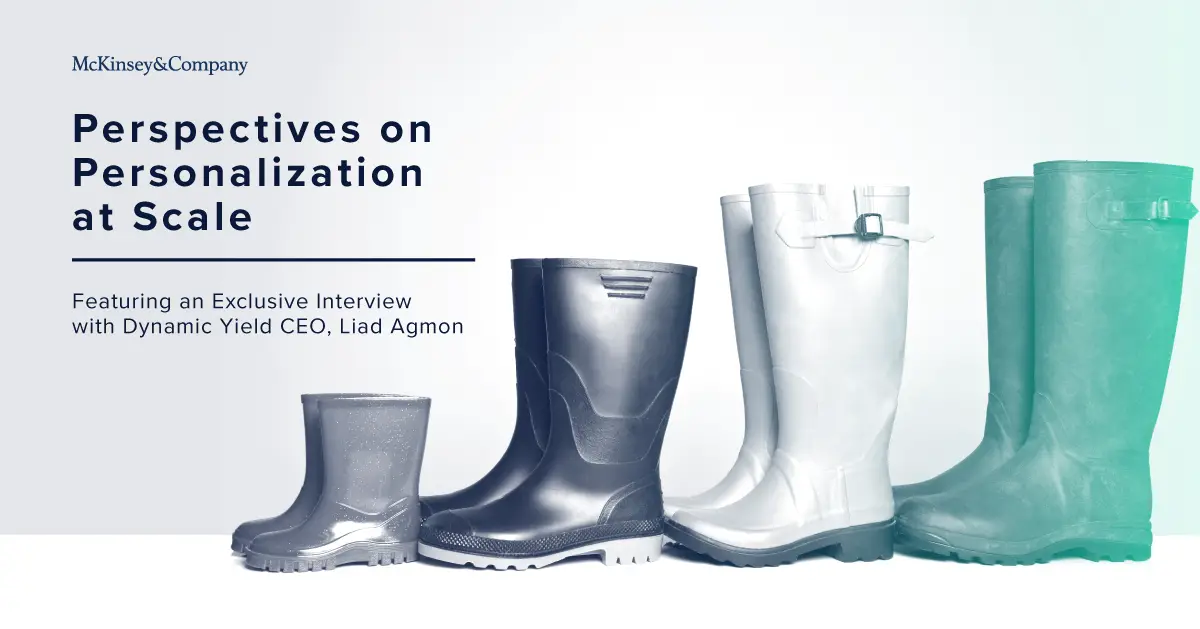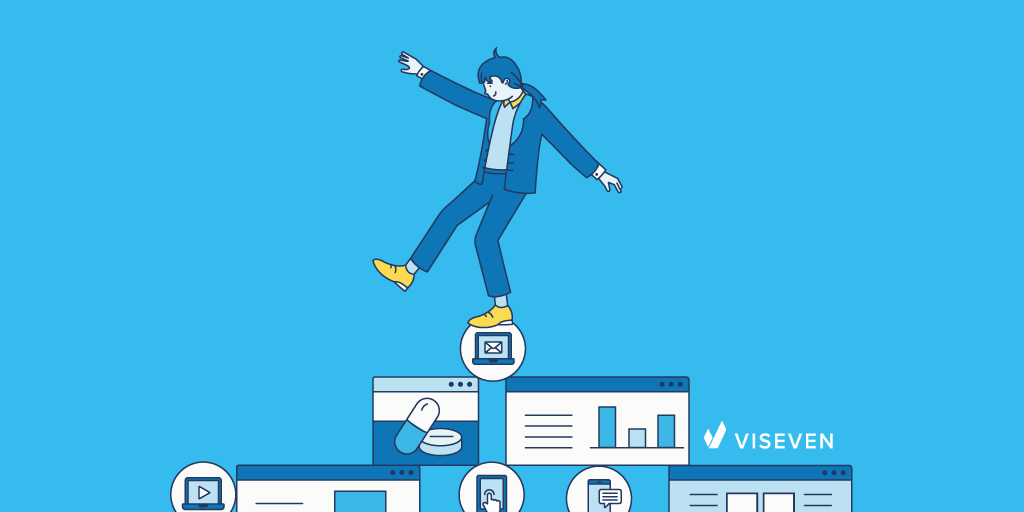Content Personalization at Scale with Advanced CDN Technologies

Introduction

In the era of digital experiences, personalized content has become a crucial factor for businesses to engage and retain customers. Content Delivery Networks (CDNs) play a vital role in enabling content personalization at scale, ensuring efficient and tailored delivery of content to end-users.

Advanced CDN Technologies for Personalization
CDNs have evolved beyond traditional content caching and delivery functions, incorporating advanced technologies that empower content personalization:
1. Edge Caching with Edge Compute:
Edge caching stores content closer to end-users, reducing latency. Edge compute allows for dynamic content processing on the edge, enabling personalized content assembly based on user attributes.
2. Metadata Encapsulation:
CDNs can encapsulate metadata (e.g., user demographics, device type) into content requests. This metadata can be used by edge servers to optimize content selection and personalization.
3. Rule-Based Policy Engine:
Policy engines provide fine-grained control over content delivery, allowing businesses to establish rules for personalized content based on pre-defined criteria.
4. AI-Powered Optimization:
Machine learning algorithms analyze user behavior, preferences, and context to predict optimal content variations for each request.
Benefits of CDN-Enabled Content Personalization
1. Improved User Experience:
Personalized content enhances user engagement, satisfaction, and conversion rates by delivering relevant and tailored experiences.
2. Increased Conversions:
By matching content to user preferences, businesses can increase conversions by targeting specific segments with customized content.
3. Reduced Costs:
Personalized content reduces bandwidth consumption by delivering only relevant content, minimizing infrastructure costs.
4. Scalability:
Advanced CDN technologies enable content personalization at scale, handling large volumes of traffic and multiple content variations efficiently.
Use Cases
1. E-commerce:
Recommend products based on browsing history, demographics, and past purchases.
2. Streaming Media:
Tailor video content based on device capabilities, user preferences, and viewing history.
3. Travel and Hospitality:
Provide personalized travel itineraries, destination recommendations, and special offers based on location and interests.
4. Financial Services:
Deliver personalized financial advice, insights, and investment recommendations based on user risk tolerance and investment goals.
Conclusion
Advanced CDN technologies transform CDNs into powerful platforms for content personalization. By leveraging edge caching, metadata encapsulation, policy engines, and AI-powered optimization, businesses can deliver personalized content at scale, enhancing user experiences, increasing conversions, and reducing costs. These technologies empower businesses to engage their customers on a deeper level, fostering loyalty and driving business success.## Content Personalization At Scale With Advanced CDN Technologies
Executive Summary
In the contemporary digital landscape, where customer experiences are paramount, content personalization has emerged as a critical differentiator. Advanced CDN (Content Delivery Network) technologies offer a transformative approach to content personalization, enabling businesses to deliver tailored content to their audiences at scale. This article explores the multifaceted capabilities of advanced CDN technologies in unlocking the potential of content personalization and driving enhanced customer engagement.
Introduction
Content personalization involves tailoring content to meet the specific needs, preferences, and context of individual customers. By leveraging advanced CDN technologies, businesses can overcome the challenges of delivering personalized content at scale, ensuring that every customer receives a seamless and relevant experience.
FAQs
Q: What are the advantages of using advanced CDN technologies for content personalization?
A: Advanced CDN technologies offer numerous benefits, including:
- Improved Scalability: CDN servers are distributed across multiple locations, enabling content to be delivered quickly and efficiently to users worldwide.
- Personalized Content Delivery: CDN technologies can dynamically adjust content based on user parameters, such as location, device, and browsing history.
- Enhanced User Experience: Personalized content improves engagement rates, reduces bounce rates, and increases conversions.
Q: What types of content can be personalized using CDN technologies?
A: Advanced CDN technologies can personalize various types of content, including:
- Web pages
- Images
- Videos
- Ads
Q: How can businesses measure the effectiveness of their content personalization efforts?
A: Measuring the effectiveness of content personalization is crucial. Businesses can use metrics such as:
- Click-through rates
- Conversion rates
- Time on site
Top 5 Subtopics
Content Segmentation
Description: Dividing the audience into smaller groups based on shared characteristics and preferences.
- User Profiles: Creating profiles based on user demographics, interests, and behavior.
- Behavioral Targeting: Monitoring user actions, such as page views, purchases, and search queries.
- Contextual Targeting: Delivering content based on the current page, device, or location.
Dynamic Content Insertion
Description: Inserting personalized content into web pages or other digital experiences.
- Placeholders: Using placeholders in content to be dynamically filled with personalized elements.
- Conditional Logic: Displaying different content based on user attributes or actions.
- A/B Testing: Testing different content variations to determine the most effective.
Content Optimization
Description: Enhancing the quality and relevance of content to improve user engagement.
- Keyword Research: Identifying relevant keywords based on search data and user intent.
- Content Analysis: Analyzing content to detect readability, sentiment, and tone.
- Image Optimization: Resizing and optimizing images for faster loading and better user experience.
Edge Computing
Description: Processing and delivering content at the network edge, closer to users.
- Reduced Latency: Content is delivered from nearby edge servers, reducing load times.
- Improved Performance: Edge computing offloads processing from central servers, enhancing performance.
- Device Agnostic: Edge computing supports various devices, including smartphones, tablets, and IoT devices.
Data Analytics
Description: Collecting and analyzing data to understand user behavior and preferences.
- Web Analytics: Tracking user interactions, such as page views, clicks, and conversions.
- Behavioral Analytics: Analyzing user behavior to identify patterns and trends.
- Predictive Analytics: Forecasting future user preferences and behavior based on historical data.
Conclusion
Advanced CDN technologies have revolutionized content personalization, enabling businesses to deliver tailored experiences to their customers at scale. By leveraging these technologies, businesses can segment their audiences, insert personalized content dynamically, optimize content for relevance, leverage edge computing for performance optimization, and analyze data to refine their personalization strategies. Embracing the transformative power of advanced CDN technologies is essential for businesses seeking to deliver exceptional customer experiences, drive conversions, and gain a competitive edge in the digital economy.
Keyword Tags
- CDN Technologies
- Content Personalization
- Content Segmentation
- Dynamic Content Insertion
- Edge Computing
